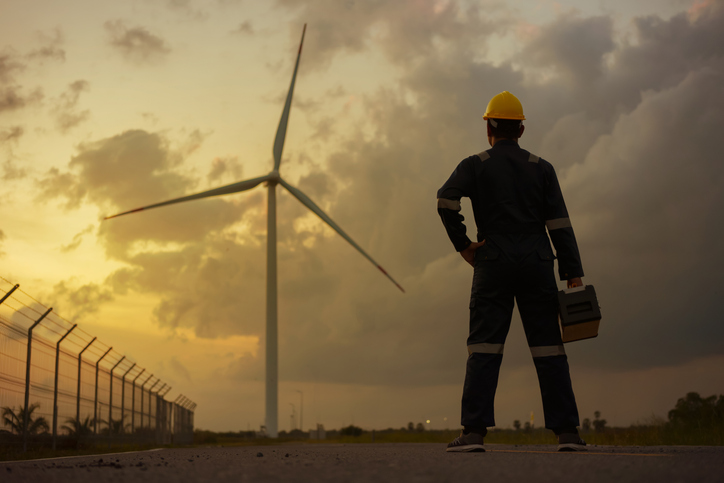News /
This progress could make the economics of US offshore wind shipbuilding viable
2022-12-01
The Inflation Reduction Act (IRA) passed last year could provide the necessary tax incentives to make the economics of US offshore wind shipbuilding viable. Bob Karl, Senior Vice President and General Manager at Crowley Wind Services, stated that this legislation goes a long way toward levelling costs with those of global suppliers. To illustrate this progress, Crowley has teamed up with Danish offshore wind service provider Esvagt to build a service operations vessel (SOV) for Dominion Energy's Coastal Virginia Offshore Wind project. The 289-foot vessel is capable of housing up to 80 mariners and offshore wind technicians and will be built by Fincantieri Marine Group in Sturgeon Bay, Wisconsin.

The National Renewable Energy Laboratory estimates new-build SOVs cost between $50m-100m and the contract was signed with turbine OEM Siemens Gamesa, who will supply CVOW with 176 of their 14MW machines. This is the third SOV contract signed in the US sector and points to an offshore wind-driven boom in shipbuilding as projects near approval and construction. The Treasury Department continues to issue guidance how developers and suppliers can access tax incentives through the IRA.
NREL forecasts that the US offshore wind sector will need multiple specialised vessels to meet President Joe Biden's administration target of 30GW by 2030; which includes five wind turbine installation vessels (WTIV), four cable laying ships, two rockdumpers, and more than 13 SOVs. However, while the IRA may impact some aspects of the offshore wind vessels market, it is unlikely to spur significant investment in WTIVs.
Overall, with the passing of the Inflation Reduction Act, cost and performance guarantees are now secure for developers and suppliers seeking access to tax incentives; paving the way for an offshore wind-driven boom in shipbuilding.
The Inflation Reduction Act (IRA) passed last year could provide the necessary tax incentives to make the economics of US offshore wind shipbuilding viable. Bob Karl, Senior Vice President and General Manager at Crowley Wind Services, stated that this legislation goes a long way toward levelling costs with those of global suppliers. To illustrate this progress, Crowley has teamed up with Danish offshore wind service provider Esvagt to build a service operations vessel (SOV) for Dominion Energy's Coastal Virginia Offshore Wind project. The 289-foot vessel is capable of housing up to 80 mariners and offshore wind technicians and will be built by Fincantieri Marine Group in Sturgeon Bay, Wisconsin.

The National Renewable Energy Laboratory estimates new-build SOVs cost between $50m-100m and the contract was signed with turbine OEM Siemens Gamesa, who will supply CVOW with 176 of their 14MW machines. This is the third SOV contract signed in the US sector and points to an offshore wind-driven boom in shipbuilding as projects near approval and construction. The Treasury Department continues to issue guidance how developers and suppliers can access tax incentives through the IRA.
NREL forecasts that the US offshore wind sector will need multiple specialised vessels to meet President Joe Biden's administration target of 30GW by 2030; which includes five wind turbine installation vessels (WTIV), four cable laying ships, two rockdumpers, and more than 13 SOVs. However, while the IRA may impact some aspects of the offshore wind vessels market, it is unlikely to spur significant investment in WTIVs.
Overall, with the passing of the Inflation Reduction Act, cost and performance guarantees are now secure for developers and suppliers seeking access to tax incentives; paving the way for an offshore wind-driven boom in shipbuilding.